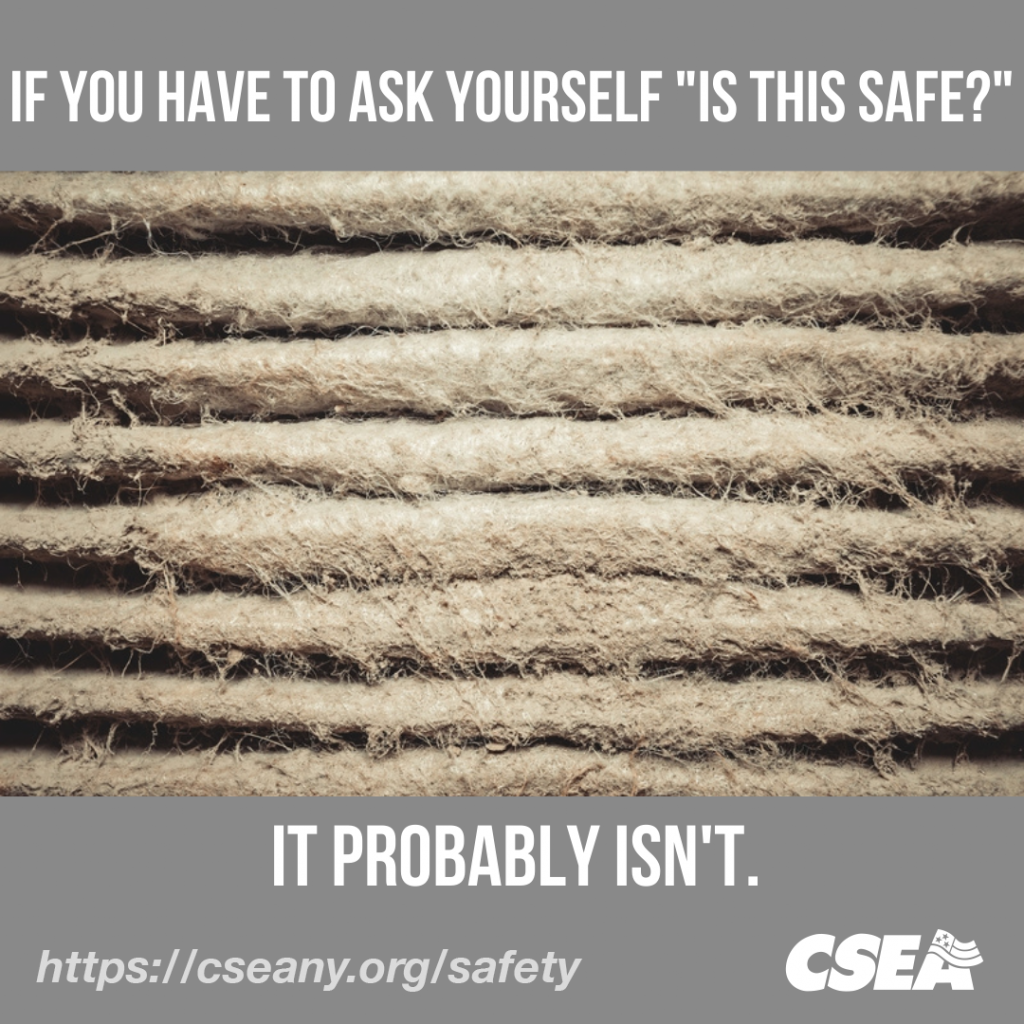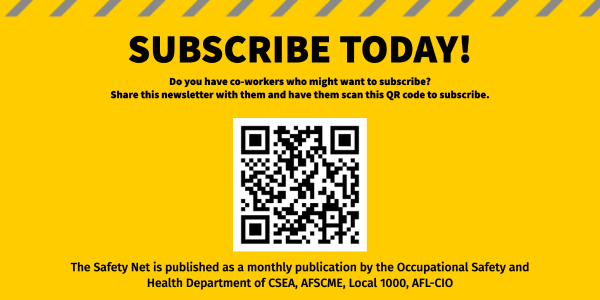
The Fresh Air Edition: July 2021
Breathing fresh air. It’s one of those most basic things most of us take for granted. That is, unless and until we can no longer do it easily anymore.
Imagine having to struggle just to take your next breath, or perhaps having to breathe in air full of toxins. Either way, the consequences can be harmful and potentially deadly.
Whether due to illness or pollution, problems with breathing and/or poor indoor air quality (IAQ) can lead to severe health issues for people, both at home and in the workplace.
While many potential causes of lung disease can be found in the workplace, many issues can be preventable with the right safety measures. Don’t let problems with air quality go overlooked; learn how to protect your lungs and promote a healthy workplace environment.

What is Clean Air?
Clean air has a natural balance of gases, mostly oxygen, nitrogen and carbon dioxide. It does not harm human health and/or the environment.
When you introduce things like pollutants or allergens, air can become harmful. So many things can make indoor air unhealthy, including:
(click on each bullet for additional information – links to outside site)
What should you look for?
There are many things that may indicate potential problems with indoor air quality. If you experience any of these signs, it’s worth checking whether or not there may be a problem.
Some signs of potential problems include: moisture or condensation on windows; smelly or stuffy air; dirty air vents and filters; visible mold; stained ceiling tiles; temperature extremes; chemical or vehicle exhaust odors; or improperly maintained furnaces or cooling towers.
Symptoms you may experience from poor air quality may include: headaches, fatigue, dry eyes, shortness of breath, sinus congestion, cough, upper respiratory tract infection or dizziness.
Indicators of Poor Air
- Air that is too hot or cold (less than 65 degrees F)
- Dry air (less than 30% relative humidity)
- Wet air (above 60% relative humidity)
- High Carbon dioxide levels (typically above 1,000 ppm (parts per million))
HVAC + COVID-19
The American Society of Heating, Refrigerating and Air Conditioning Engineers (ASHRAE) has developed proactive guidance to help address COVID-19 concerns with respect to the operation and maintenance of heating, ventilating and air conditioning (HVAC) systems.
ASHRAE issues seasonal guidance setting appropriate temperature, relative humidity, and carbon dioxide levels. For more information, visit https://www.ashrae.org/. During heating season, buildings must be heated to at least 65 degrees F for occupied workspaces as per the NYS Building Property Maintenance Code.
Know Your Rights
You have the right to access employee exposure records, which report measurements of toxic chemicals, noise, heat, radiation or other hazardous exposures that were taken in the workplace. Additionally, results from biological monitoring tests conducted, like hearing tests or personal monitoring results must also be made available on request to the employee. Need assistance in accessing records?
Get Help
All CSEA locals and units are supported by a staff Occupational Safety and Health Specialist. OSH Specialists are available to support union leaders with safety concerns and help answer member questions. For more information, download the IAQ fact sheet or visit https://cseany.org/member-support. CSEA also has a Certified Industrial Hygienist on staff, as well as testing capabilities that can be accessed by local and unit presidents to help determine if a problem exists. Report air quality concerns to your union representatives.

Please feel free to share this meme on your social media channels, using the hashtag #CSEAsafetynet and linking back to this page!




